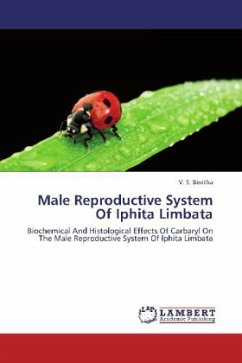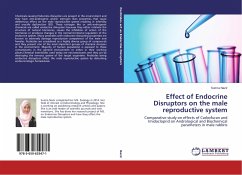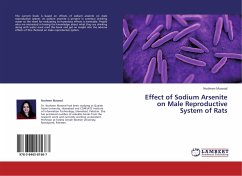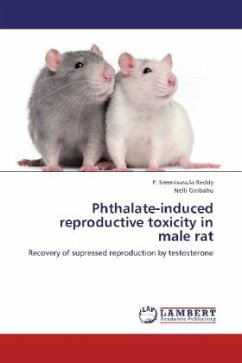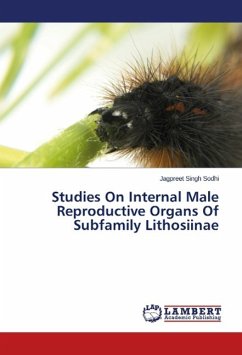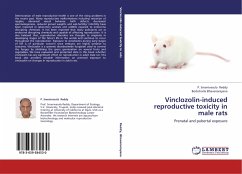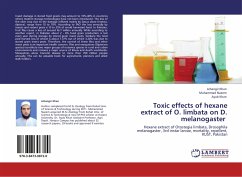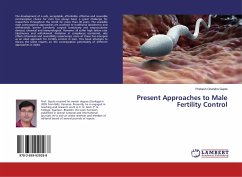The application of carbaryl in agriculture practices results in polluting the environment and affecting many non-target organisms which are critical for the maintenance of the ecosystem. In this book a heteropteran plant bug, Iphita limbata, was taken as a model organism to study the biochemical and histological effects of carbaryl on the male reproductive system of organisms. The structure of the male reproductive system of I. limbata was also studied in detail. The results of this study can be used an a pointer in evaluating the toxicity of carbaryl exposure to non-target organisms and its importance in assessing the public and environmental health risks.
Bitte wählen Sie Ihr Anliegen aus.
Rechnungen
Retourenschein anfordern
Bestellstatus
Storno

